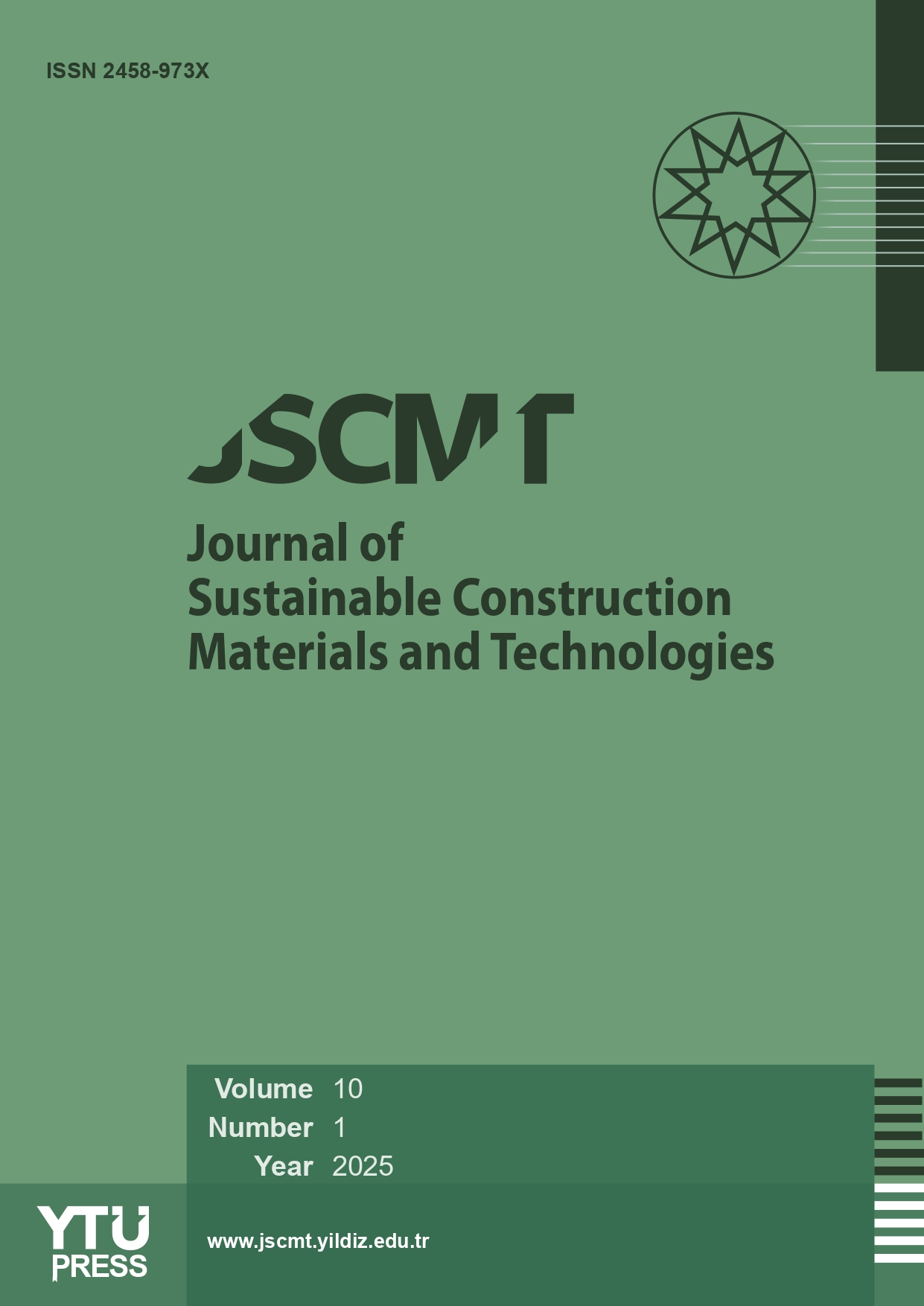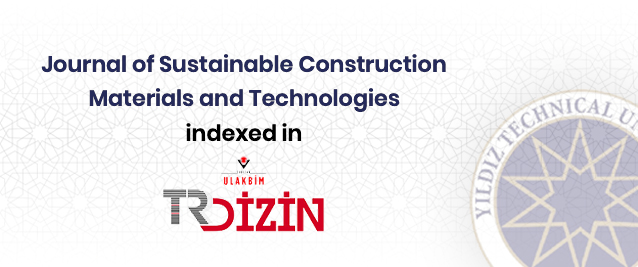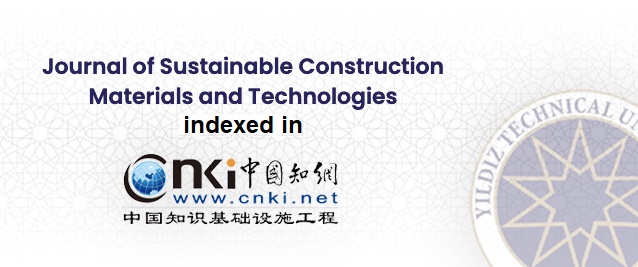2Department of Civil Engineering, Bahçeşehir Cyprus University, Faculty of Architecture and Engineering, Nicosia, Turkish Republic of Northern Cyprus
Abstract
ustainable development of the construction industry should use recycled materials to the greatest extent to reduce natural hazards due to the increased accumulation of waste and the depletion of natural resources. However, engineering applications using waste materials are always expected to perform satisfactorily. In this aspect, detailed and systematically carried out experimental studies are critical in selecting the type and the quantities of waste materials that will be recycled through their use within engineering applications. This study provides systematically produced experimental data on compressive and flexural strength performance to quantitatively compare the effects of using different percentages of waste glass and brick aggregates in cement mortars with a specified workability characteristic. Results show that mortar samples with waste glass aggregates perform better under compressive loading since only around 14% strength decrease compared to the control mix was yielded with the inclusion of waste glass. In contrast, in both cases, a 30% strength decrease was recorded with the inclusion of waste bricks for 100% replacement of natural sand in the mortars. In the case of flexural strength performance, 50% replacements of natural aggregates with waste bricks and glass yielded around 27% and 38% strength decrease, indicating that using waste brick in cement mortars could result in a better flexural strength performance in comparison, provided that its content is controlled. Replacement of natural sand in cement mortars with waste brick and glass yielded less significant flexural strength, decreasing the difference between the two types of wastes when the replacement ratio was as high as 100%. Hence, based on the presented experimental evidence, it is concluded that the decision on the type and the quantity of the waste materials to be used should be made considering the area of the use of the mortar and its expected service type.
















